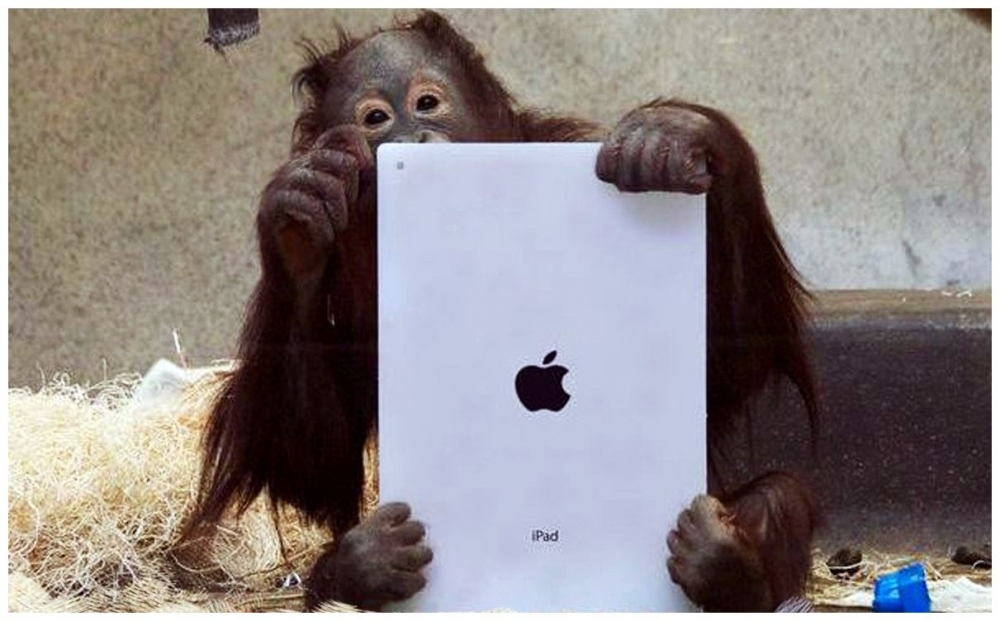Experiments have helped neuroscientists to begin to uncover how and when animals actively use their mental time travel. Like per-historic humans who used mental time travel in preparation for hunting, animals use this skill to plan out where to get their desired food and the availability of that food in the future. Experimental conditions have shown that scrub-jays figure out where their desired food choice is and learn to plan following days based on food location and hunger as well as the ability to continue to attain that food source in the future. More evidence in support of mental time travel has been studied in laboratory rats through hippocampus scans (the hippocampus is a structure in the brain involved with memory). Hippocampus scans were taken of sleeping rats who had ran a series of mazes during the day. The scans showed activity in the hippocampal area reveling that the rats "appeared to not only be replaying their past experiences running through the maze in their sleep, but also replaying the parts of the maze that they had only considered running, but not actually run (Gregg 11)." Behavioral evidence with orangutans and bonobos also support animal mental time travel, and in an experiment the after learning that the juice box reward they desired was only reachable with a hook they took the tool to sleep with them in anticipation for a similar test situation the following day.
Not all scientists agree that animals use mental time travel and claim that they are merely engaged in associative learning to problem solve and are not planning for the future. The voice of opposition says that mental time travel involves flexibility in futuristic planning and there are few signs that animals use that. Against the theory that animals use mental time travel is that for humans mental time travel involves the ability to simulate almost any future scenario weighing in factors such as desirability and likelihood of occurrence. But there is speculation that the flexibility that human minds displays may not have to do with mental time travel, but flexibility may be another intellectual feats entirely. Mental time travel may actually have a longer evolutionary story that goes further back then the dawn of man. There is still little research to state whether animals use mental planning or not and with the introductions of new technologies and there applications, scientists will slowly begin to crack open many questions about animal intelligence
"Frankenstein's Cat: Cuddling up to Biotech's Brave new Beasts" by Emily Anthes is a book all about the emergance of animals in science technology from a broad range of biology backgrounds. Evidence sighted in this book show that animal studies advance our understandings of ourselves as humans. A neuroscience application of this is that the more we understand the underpinnings and gears of animals brains the easier it will be for us to develop models of our own brains and how and what makes our thinking unique. Biotechnological advances with animals open the door to many neuroscience opportunities to study animal brains in ways unimaginable than before. Anthes gives examples of electrode stimulation, genetics, and the young field of optogenetics use to study behavioral and physiological affects in animal brains. Animals in the laboratory have already ushered in many neuroscientific discoveries, and neuroscientists are just beginning to starch the surface! Use of these technologies may one day give us insight into animals being capable of engaging in mental time travel. Emily Anthes stressed that with the rise of biotechnology and the role of animals we will not only advance in our understanding of animal physiological and cognitive abilities, but this inturn will help use understand ourselves better and what makes us inherently human.
So, do animals use use mental time travel? The question remains unanswered, but looking to the future, I can imagine a world were we will know more about what goes through the mind's eye of animals and if mental time travel is inherently human or if we share futuristic planning with our feathered, furry, or scaly counterparts.
Sources:
http://www.scientificamerican.com/article.cfm?id=new-frontier-animal-intelligence
Frankenstein's Cat: Cuddling Up to biotech's Brave new Beasts


No comments:
Post a Comment